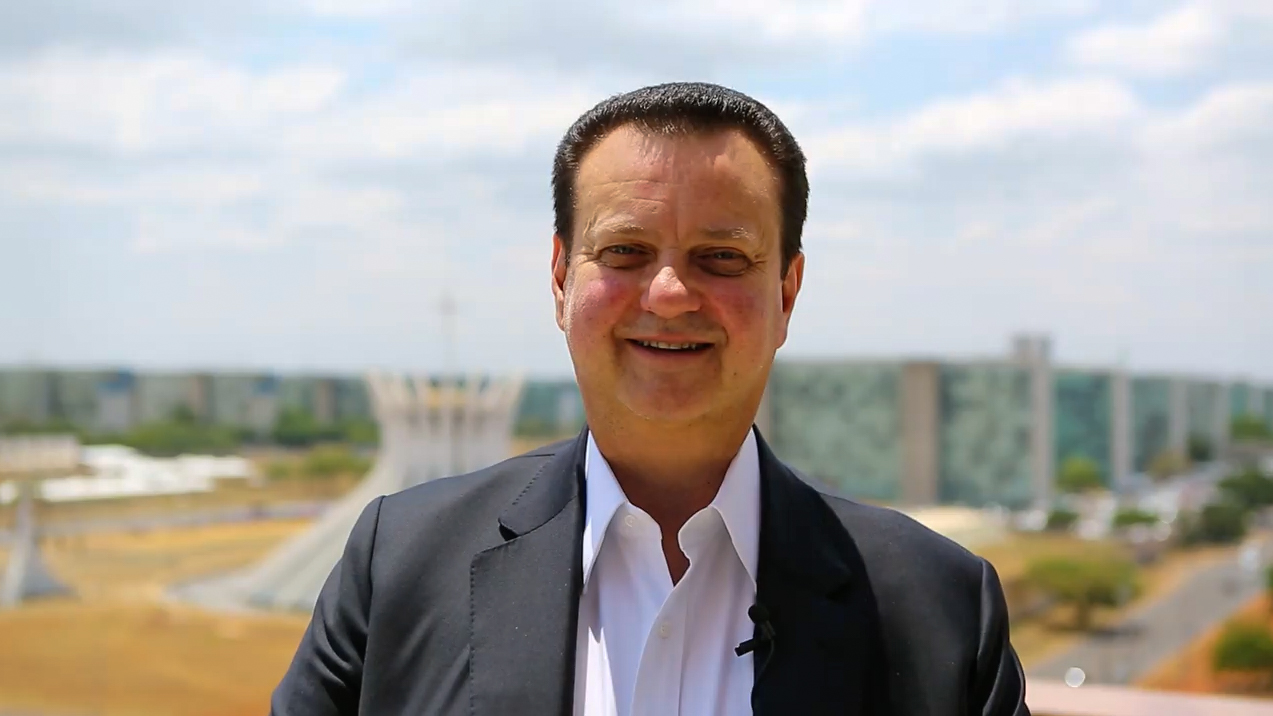Impact Investing in Latin America: Capital Driving Economic and Social Returns
Impact Investing in Latin America: Capital Driving Economic and Social Returns
AS/COA Miami hosted a June 14 panel exploring the risks of impact investing in Latin America, as well as growing opportunities for this type of investment in the region.
Speakers:
- Felipe Arango, Managing Director, Trippplus Capital
- Juan Pablo Cappello, Shareholder, Greenberg Traurig and Co-Founder and Board Member, Idea.me
- Eliza Erikson, Director of Investments, Omidyar Network
- Jorge Rubio, Director for Latin America, Citi Microfinance
Summary
AS/COA Miami hosted a forum on impact investing trends and prospects in Latin America with business leaders, investors, and non-profit representatives. Speakers focused on the definition of impact investing, risks in Latin America, and growing opportunities for impact investment in the region.
Defining Impact Investment
Impact investment offers a new paradigm to advance social development and bring viable solutions to challenges in education, poverty alleviation, public health, urbanization, and the environment, Juan Pablo Cappello of Greenberg Traurig explained. Eliza Erikson of the Omidyar Network gave a similar definition. Impact investments are those which seek a financial return—at least of principal if not a larger profit—as well as social and environmental returns. Omidyar works with entrepreneurs with highly scalable “disruptive ideas” which focus on essential products like housing, health care, and water, often with a significant financial return.
Felipe Arango of Trippplus Capital stressed that impact investing is an evolving concept, and involves the “transformation in the creation of value.” Now, he said, investing considers social and environmental value, going beyond philanthropy. Impact investment is the next stage in socially responsible investment, blending value with capital.
Jorge Rubio of Citi Microfinance offered a differing definition: ensuring access to financial services and contributing to more inclusive financial systems in emerging markets. Citi has worked with microfinance for years, always using different technologies to expand access. “You can’t just bring the same products to a new target market,” Rubio argued. For example, text-based mobile payment systems are a substantial area of growth in Latin America, allowing for broader penetration of financial services and offering insurance, savings, and credit to those without banking access.
Measuring Project Impact
Erikson discussed evolving standards of evaluation through indicators, including those from the Global Impact Investing Network and the Impact Reporting and Investing Standards. One measurement challenge is to find a balance between working toward impact and measuring impact, as reporting requirements can crush a small enterprise. Having a diverse set of indicators for different business models is key. Citi, for example, measures depth of reach for financial services. Rubio added that 95 percent of end-borrowers are women, most living in rural areas, so measuring depth of services is the best approach.
However, Arango stressed that in some cases, telling stories of impact is more important than concrete measures for innovative projects. He noted that sustainability and corporate social responsibility have already proven a good business case, so board members and CEOs understand that this is a new mark of competitiveness. Now, as companies are looking to expand globally, they are finding what Erikson calls the “emerging market within the emerging market.” Some companies are becoming “accidental” impact entrepreneurs: thinking of their audience as customers rather than beneficiaries of charity.
The Role of Consumption and Non-Profits
Another issue with impact investing lies in the ability to impact low-income communities without a narrow focus on profitability. Cappello explained that check-cashing stores in the United States have earned a negative reputation, which could occur in Latin America as well. Arango noted it is important to create initiatives that are scalable and to serve traditionally marginalized groups in a manner that goes beyond consumption. The “elephant in the room,” he said, is that consumption is unsustainable at current levels, especially with growth rates in Brazil, China, and India. Offering products and services to low-income groups also needs to involve empowering communities.
Speakers agreed that for-profit impact investments should not overshadow the role of traditional NGOs, which have important local networks and perspectives on social issues. Erikson stressed that there is a continued role for NGOs, but also suggested that they can learn from impact investing evaluation methods for to develop strategies that better scale their own impact. Arango tied the role of NGOs to responsible consumption, and urged the group to “remember that the act of consumption is an act of citizenship.”
Keys to Successful Projects
Microfinance offers many success stories of impact investment in Latin America. Erikson cited Mexico’s Compartamos Banco, Peru’s MiBanco, and Bolivia’s Banco Sol—all of which made the decision to convert to for-profit enterprises so they could broaden their business models. “When you rely only on philanthropic capital, there are natural limits,” she said. “You need to be able to attract private capital to scale beyond a traditional nonprofit.” Rubio highlighted Citi’s role in the structural bond offering for Compartamos, a milestone in the field. He argued that one mark of success for microfinance is the creation of a new industry, when competitors arise.
Arango added that there are examples successful impact investments beyond microfinance. Fabio Rosa’s “Project Light” offered low-cost electricity for low-income rural families in Brazil, while Catalina Cock in established the fair trade standard for gold in Colombia. Consequently, locals living on mineral-rich lands were able to set up mining operations with the model of producer-owned value generation. Lumni, founded by Felipe Vergara, revolutionized the way education is financed in Colombia, using social investment to eliminate burdensome debt for college students. He also cited Brazil’s Natura Cosméticos, a company that puts community well-being at the core of its business model.
Access to capital presents a challenge to impact investment projects. Arango suggested that family offices in Latin America can play an important role as they tend to be prepared for more risk than institutional players, adding that Trippplus Capital was founded in this way. These firms tend to be prepared for more risk than institutional players. Erikson pointed out that the majority of investment in Latin America is fixed-income and debt, all middle- to late-stage private equity. Microfinance is the only subsector of impact investments ready to absorb that capital, so what is needed is more early-stage risk capital. Erikson said at the Omidyar Network, they are constantly pushing the risk threshold higher in order to invest in new business models.
Speakers agreed that governments must get involved in order to encourage impact investing across the region. Erikson recalled that in the United States, philanthropic investment was considered “crazy” until regulatory reform in the 1970s unleashed a flow of capital, enabling venture capital and social investment. Rubio noted that Brazil is the exception in Latin America to offer early-stage investment. The Brazilian Micro and Small Business Support Service, or SEBRAE, helps to funnel seed capital to new businesses. Governments in Chile and Colombia are also getting more involved in promoting social ventures, with offices modeled on U.S. President Barack Obama’s Social Innovation Office. Arango suggested that these offices can help to integrate social and entrepreneurial education, convene and catalyze actors in this space, and offer social bonds. Erikson noted that universities also have a role to play. More entrepreneurial clubs should be established in universities across the region, she said.








